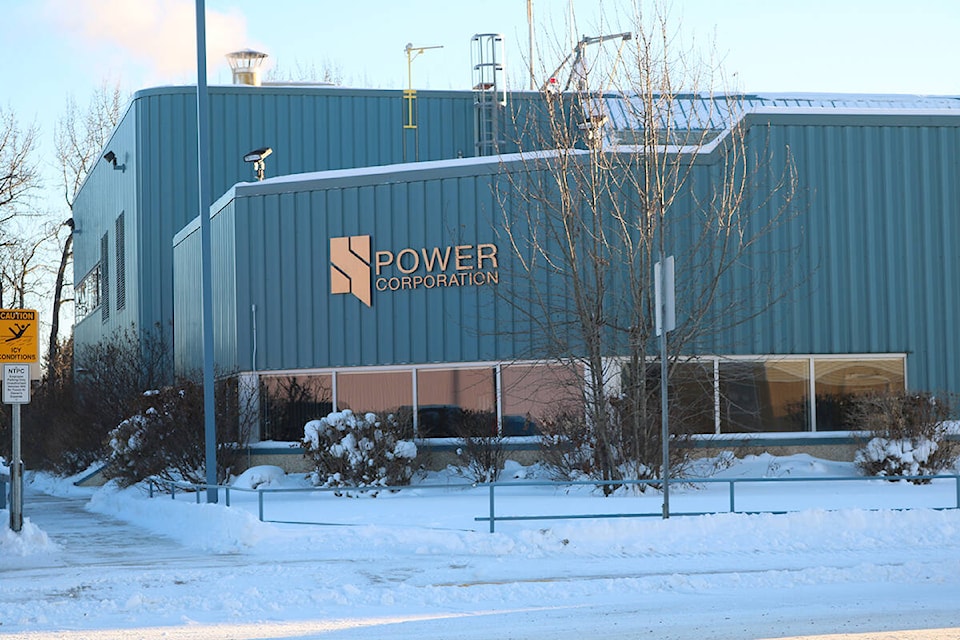The towns of Hay River and Fort Smith have submitted a joint intervenor application to contest the NWT Power Corporation’s general rate application for a sharp increase in prices.
On May 1, the NWT Public Utilities Board approved an interim rate increase for NWT Power Corporation (NTPC) customers, which, effective immediately, means that residential ratepayers living in the Snare, Taltson, and thermal regions (including Norman Wells) will see an average 2.5 per cent cost increase, on average.
That interim rate increase is part of a general rate application NTPC submitted to the Public Utilities Board in March, which proposes to increase rates by as much as 20 per cent in some areas of the Northwest Territories over the next two years.
In a news release distributed to media on May 1, NTPC spokesperson Doug Prendergast showed how, on average, the 2.5 per cent interim rate increase for people who consume 600 kilowatts per month during non-winter months would be minimal if they use the corporation’s subsidy program: the Territorial Support Program.
A person living in Fort Smith or Fort Resolution, for example, will have to pay nearly $4 more on the new monthly bills – rising to $171.06 from $167.10.
In the Snare, thermal and Norman Wells areas that receive hydro, an average $201.60 monthly bill will rise 1.68 per cent to $204.98.
The Public Utilities Board, however, is not expected to have a final decision on NTPC’s March application until late summer or early fall.
Cory Strang, president and CEO of the Northwest Territories Power Corporation, stated that he understands that consumers are feeling pressure from rising rates.
“NTPC recognizes that electricity rates in the NWT are higher than most other jurisdictions in Canada and is working hard to grow electricity sales and to reduce costs to keep rates as low as possible,” said Strang. “Rate increases are necessary at this time to ensure that customers provide sufficient revenue to cover the cost of delivering power.”
Glenn Smith, senior administrative officer with the Town of Hay River, said although the municipality receives its power distribution from Northern Utilities Limited, “We recognize that would add a fairly significant impact on rates that Hay River would see.”
“We did decide to intervene in both of (the) interim and general rate applications.
“We partnered up with Fort Smith in a joint submission and argued against the increase primarily from a perspective of rate shock… and whether or not there was justification.”
Smith said there was agreement between the municipalities as well that the timing of NTPC’s direction also has been questionable because of inflationary pressures and other financial strains on consumers – namely with housing and fuel prices increasing.
“We do recognize that what NTPC has tried to do is correct a long-standing gap in the revenue return that is in place for Taltson,” Smith said. “Apparently, there’s been a gap for many years and it seems like they’re trying to correct (it) while also addressing their own inflationary pressures.”
Smith said the municipalities’ submissions viewed 10 per cent rate increase increments as being a “rate shock,” and he was pleased that the utilities board limited the interim rate to 2.5 per cent on May 1.
Cynthia White, senior administrative officer with the Town of Fort Smith, couldn’t be reached for immediate comment.
